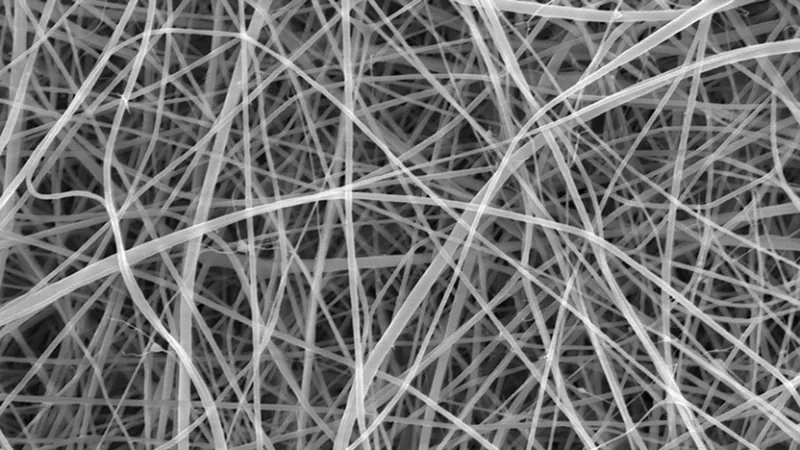
Scientists Develop the Incredible World's Thinnest Pasta: 200 Times Thinner than Human Hair!
2024-11-23
Author: Liam
Introduction
In an astonishing breakthrough, chemists from University College London (UCL) have created the world’s thinnest spaghetti, measuring an extraordinary 200 times thinner than a human hair. This revolutionary new "pasta" is not intended for dinner tables, but rather as part of a cutting-edge experiment in the field of nanotechnology.
Research Methodology
The research, led by master’s student Beatrice Britton, utilized an innovative technique known as “electrospinning.” This method involves pulling a mixture of water and flour through metal holes with the help of an electrical charge. “It’s literally spaghetti but much smaller,” says Dr. Adam Clancy, one of the study's co-authors.
Culinary Impracticality
While this nanopasta is a captivating scientific feat, it comes with a caveat—it would overcook in less than a second! This rapid cooking rate underscores its impracticality for culinary use. However, its potential applications in healthcare are what scientists find truly exciting.
Healthcare Applications
According to co-author Professor Gareth Williams, the nanofibers produced from starch have remarkable potential for creating environmentally friendly solutions in medical fields. “Nanofibers are being explored for use in wound dressings due to their high porosity," he explains. They could also serve as scaffolds for tissue regrowth, mimicking the extracellular matrix, which is essential for cell support and growth.
Environmental Impact
Creating traditional nanofibers typically involves complex processes to extract and purify starch from plant cells, consuming vast amounts of energy and water. The UCL team’s method, using flour as a source of starch, simplifies this process and has environmental benefits. Dr. Clancy emphasizes, “We’ve demonstrated that making nanofibers using flour is possible and more sustainable.”
Comparison with Other Pastas
In a fascinating comparison, the next thinnest known pasta is su filindeu, or “Threads of God,” a traditional handmade variety from Nuoro, Sardinia, which measures about 400 microns wide. Remarkably, UCL’s new creation is estimated to be 1,000 times thinner than su filindeu and even narrower than some wavelengths of light!
Conclusion
As a final intrigue, each strand of this nanopasta is so minuscule that it cannot be accurately captured by conventional visible light microscopes. Instead, researchers turned to a scanning electron microscope to measure its dimensions. This groundbreaking work not only highlights the ingenuity of modern science but raises exciting possibilities for the future of materials in health and medicine. Stay tuned for more updates as researchers continue to explore the vast applications of these astonishing nanofibers!









 Brasil (PT)
Brasil (PT)
 Canada (EN)
Canada (EN)
 Chile (ES)
Chile (ES)
 España (ES)
España (ES)
 France (FR)
France (FR)
 Hong Kong (EN)
Hong Kong (EN)
 Italia (IT)
Italia (IT)
 日本 (JA)
日本 (JA)
 Magyarország (HU)
Magyarország (HU)
 Norge (NO)
Norge (NO)
 Polska (PL)
Polska (PL)
 Schweiz (DE)
Schweiz (DE)
 Singapore (EN)
Singapore (EN)
 Sverige (SV)
Sverige (SV)
 Suomi (FI)
Suomi (FI)
 Türkiye (TR)
Türkiye (TR)